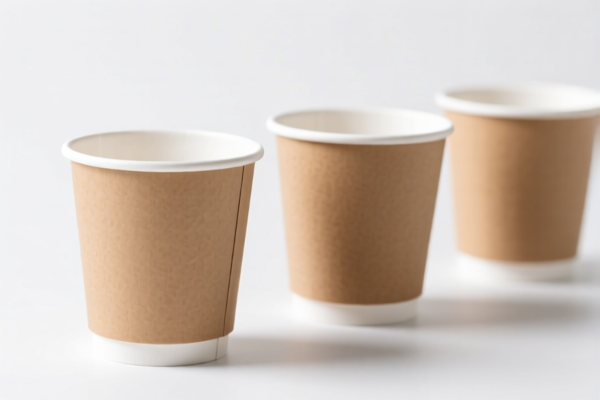| HS Code | Official Doc | Tariff Rate | Origin | Destination | Effective Date |
|---|---|---|---|---|---|
| 3923900080 | Doc | 58.0% | CN | US | 2025-05-12 |




Okay, let's break down the classification and tax implications for your declared item: PAPER CUPS based on the HS Code provided.
Here's a detailed analysis:
1. HS Code: 3923.90.00.80 – What does this mean?
- 39: This chapter covers Plastics and articles thereof. This immediately tells us the item is made of plastic, or contains significant plastic components.
- 23: Specifically, this heading covers Articles for the conveyance or packing of goods, of plastics. This is where we start to narrow down to packaging items.
- 90: This subheading covers "Other" articles for conveyance or packing of plastics. This is a broad category, meaning your paper cups don't fit into more specific categories within 3923.
- 00.80: This is the final, most specific code. It further defines "Other" within the 3923.90 category. It's often used for items that don't have a more precise classification.
In essence, HS Code 3923.90.00.80 classifies your paper cups as plastic packaging articles, specifically those not covered by more detailed headings.
2. Tax Details:
- Basic Tariff: 3.0% - This is the standard import duty.
- Additional Tariff: 25.0% - This is an extra duty applied on top of the basic tariff.
- Additional Tariff (Post April 2025): 30.0% - Important! This indicates a change in the additional tariff rate to 30% after April 2025. You need to factor this in if your import date is after this date.
- Total Tax: 58.0% - This is the combined rate of the basic and additional tariffs.
3. Important Considerations & Recommendations:
- Material Composition: While classified under plastics, the primary material of paper cups is paper. It's crucial to verify if the plastic component is substantial enough to warrant this HS code. If the paper content is significantly higher, there might be a more appropriate classification under paper packaging (e.g., HS Code 4817). Please provide details on the percentage of plastic vs. paper in your cups.
- Lining Material: The type of lining (e.g., PE, PLA) on the paper cups can affect the classification. Different linings have different tax rates.
- Single-Use Plastics Ban: Be aware of any regulations regarding single-use plastics in the importing country. Some countries have restrictions or higher tariffs on these items.
- Valuation: The declared value (single price) of the paper cups is critical for tax calculation. Ensure accurate valuation to avoid issues with customs.
- Certification: Depending on the importing country's regulations, you might need certifications related to food safety (e.g., FDA, LFGB) or environmental standards. Please confirm the specific requirements for your destination country.
- Trade Agreements: Check if any trade agreements exist between China and the importing country that could reduce or eliminate tariffs.
To ensure accurate classification and avoid potential delays or penalties, I recommend:
- Provide a detailed product specification sheet: Including material composition (percentage of paper and plastic), lining material, and intended use.
- Consult with a customs broker in the importing country: They can provide specific guidance based on local regulations.
- Review the latest tariff schedules: Customs regulations can change, so it's important to have the most up-to-date information.
Disclaimer: I am an AI assistant and cannot provide definitive customs advice. This information is for general guidance only. Always consult with a qualified customs professional for specific import requirements.
Customer Reviews
I really appreciated the mention of checking with a customs broker and the note about food safety certifications. Very practical advice for someone new to exporting.
The page is detailed, but I found it a bit confusing that paper cups are classified under plastics. More clarification on the material composition would have been helpful.
Great info on the tariff rates, especially the note about the additional 30% after April 2025. I didn’t realize the rate would change so soon.
The breakdown of the HS Code 3923.90.00.80 for paper cups was super helpful. I finally understand why it's classified under plastics, even though they're mostly paper.